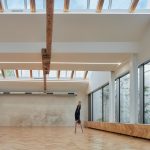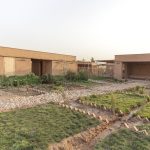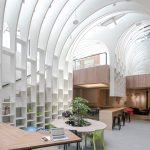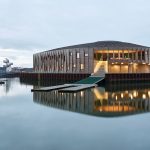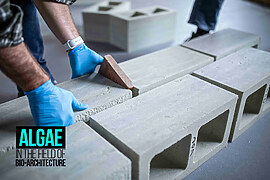“A measurable aspect of design that can help people operate at peak performance and help them to maintain physical and mental well-being. It is the ultimate investment in people in an architectural sense.”
~ Aaron Antonovsky
Aaron Antonovsky, a specialist in medical sociology, is the author of the word ‘salutogenesis.’ The phrase refers to a strategy that emphasises on elements promoting human health and well-being. The ‘salutogenic model’ focuses on the connection between coping, stress, and health. Architecture has the potential to mentally influence people, for better or worse by offering a narrative setting. It continuously conveys a story that influences how people behave, how others treat them, and how they view themselves. Through the biological correlates of these emotions, the narrative also affects the brain and endocrine systems.
Salutogenic interventions assist individuals to help themselves, to get the most out of their life, and to be their best selves. Salutogenic solutions do not make people better; rather, they improve architectural and other interventions. Salutogenesis is a fantastic paradigm for guiding how non-health professionals, such as architects and urban planners, may incorporate a health component into their work by making settings and spaces more approachable and human.
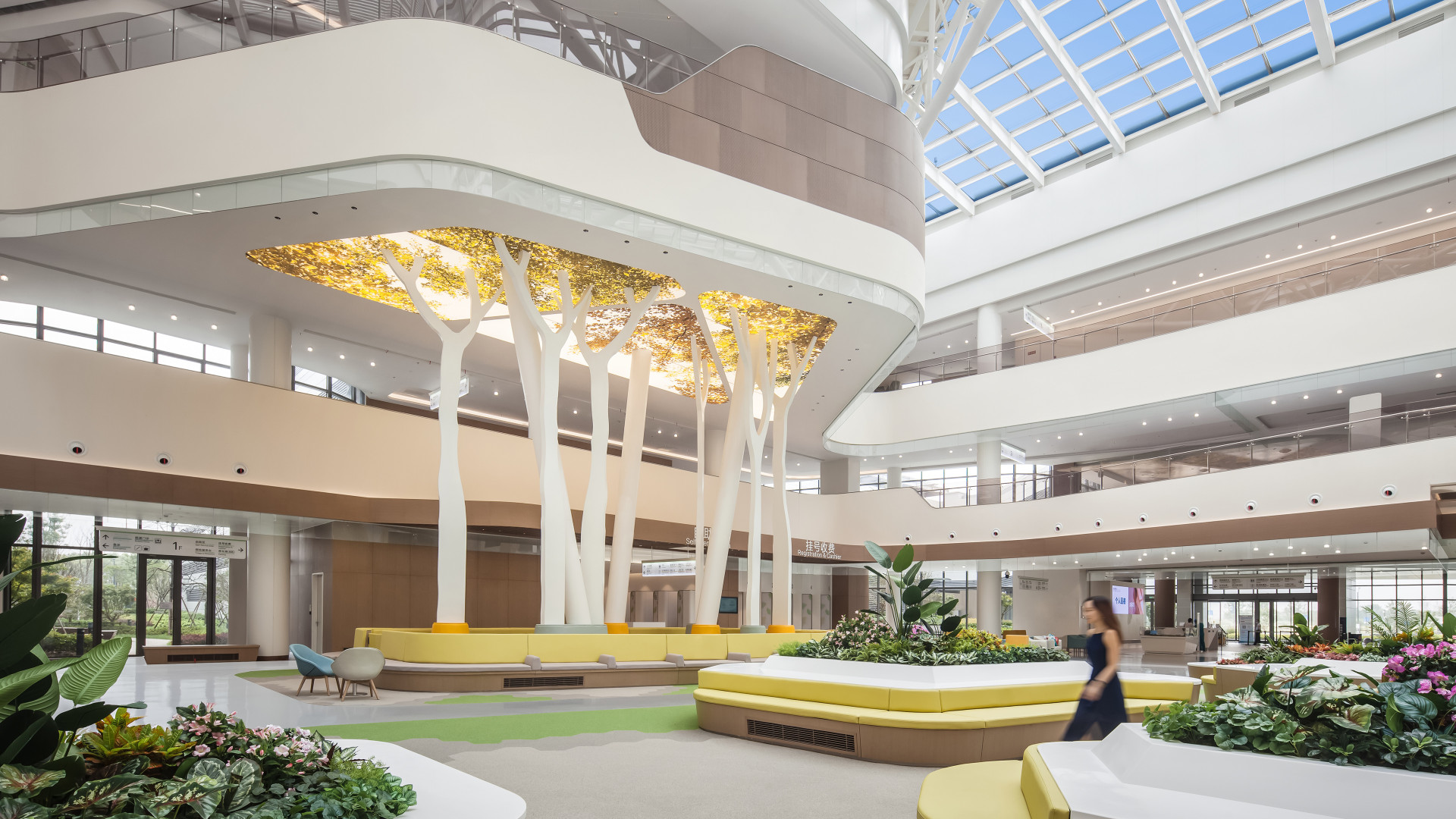
The design industry is using words like wellness and health more frequently. Salutogenesis expands on wellness by emphasising active health, productivity, and efficiency. It motivates us to achieve our very best on a physical and mental level. It examines how the built environment affects Comfort, Nourishment, Fitness, and Mind. It is fantastic to promote fitness through active commuting and on-site exercise facilities. But what if stairs were built in a way that promoted their usage over elevators? Or creating lively atriums and courtyards that promote in-person conversation rather than looking at a screen? Instead of focusing solely on the technological elements, the salutogenic design considers “if a space causes health, or helps people to thrive cognitively, socially, and physically.” In the 1990s, architect Alan Dilani presented Psychosocially Supportive Design as a framework for removing anxiety through the physical design of spaces. Dilani’s research, based on Antonovsky’s work, describes health elements that aid in the healing process and explains the origins of stress. Design features that increase a person’s sense of understanding, manageability, and significance have been identified by Dilani. While salutogenic architecture can be applied to any structure, healthcare facilities benefit most since the built environment has a positive impact on patient recovery and promotes a natural healing process.
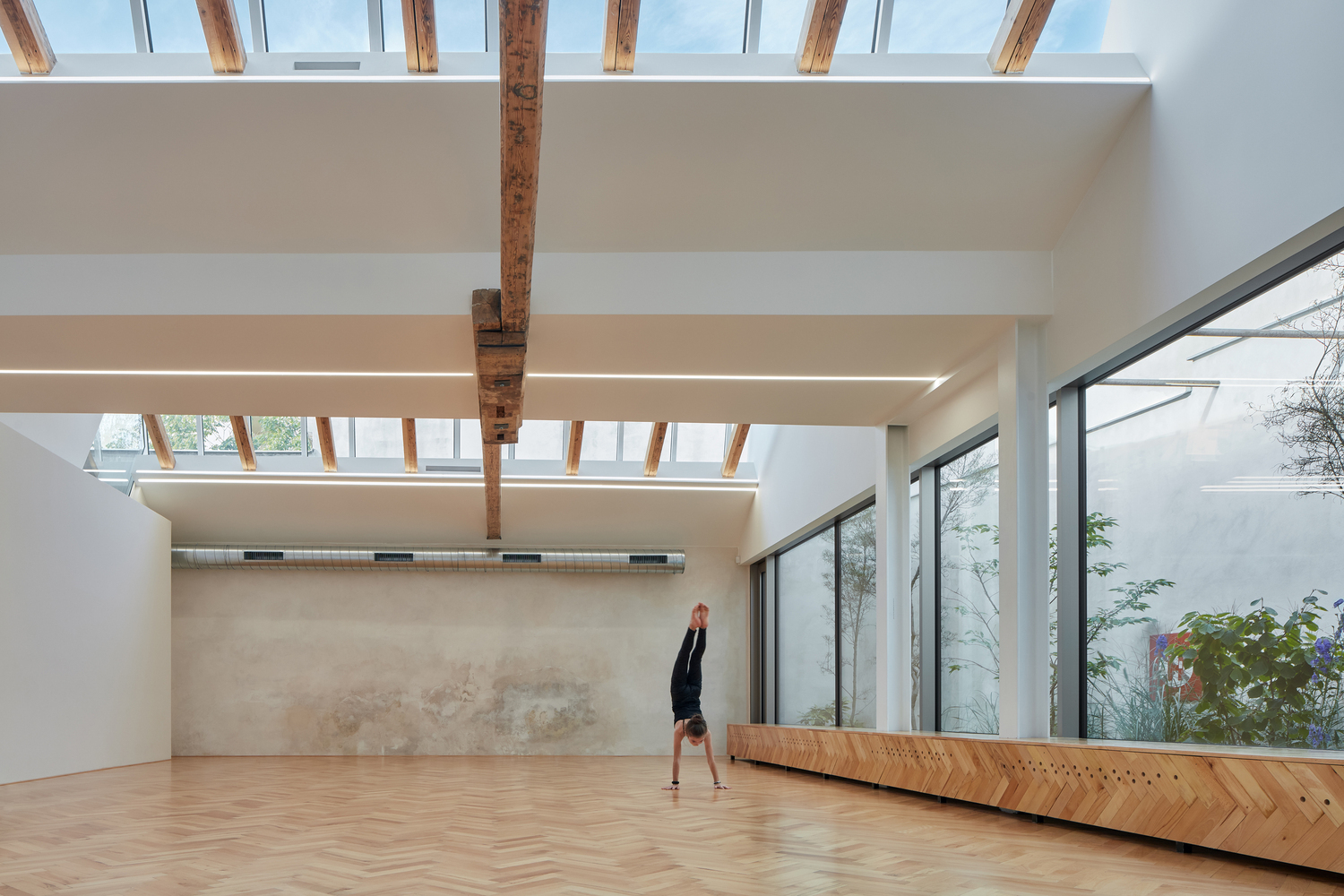
Sense of Comprehensibility
Comprehensibility in salutogenic architecture relates to the extent to which one might see their environment as structured and orderly. People ought to be able to understand the situation they are in. Patients rarely grasp their condition or how treatments function, so hospitals have a history of being places where understanding is delegated. Through master planning and the creation of navigation systems, architects can create spaces that highlight more intuitive routes. Healthcare design can also strengthen the sense of comprehensibility through colours, landmarks, and vistas of nature. These strategies assist patients in understanding their environment and increase their self-assurance in taking initiative.
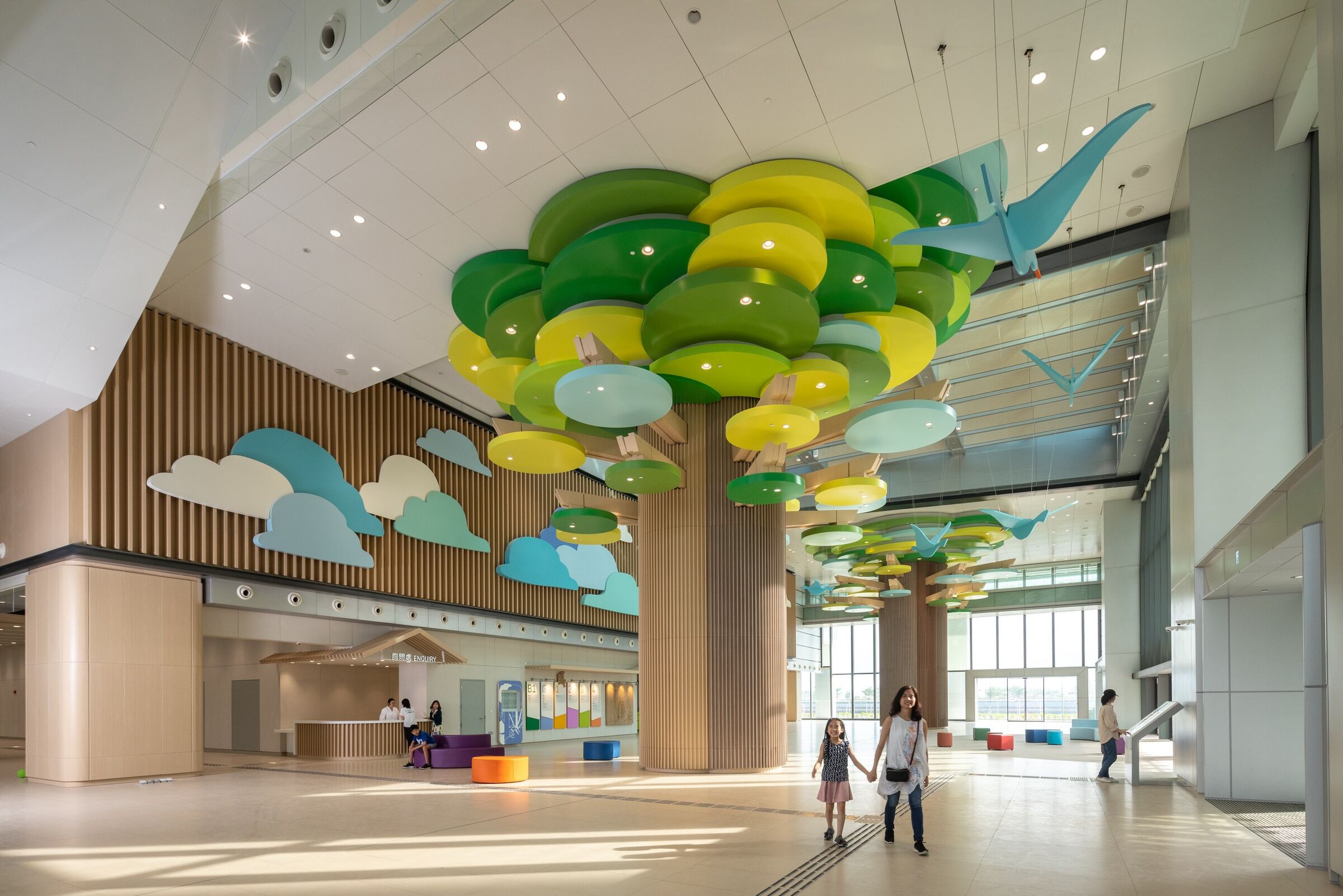
Sense of Manageability
Manageability in salutogenic architecture concerns one’s perception of control over their circumstances and environment. By using centralised services, infection control, patient supervision, and efficient space organisation, traditional healthcare designs have successfully designed working environments tolerable for employees. Patients are given the impression that they can recover by themselves using intravenous infusions, incubation, heating/cooling, dialysis, and other forms of ‘life support.’ Enhancing healthcare facilities’ functionality through salutogenic design might help patients feel more independent. When a patient has access to facilities or windows that can be opened, they feel empowered to make decisions about their health and take appropriate action. Patients are also given the ability to exert influence over their environment when they have access to resources, personnel, family, and friends.
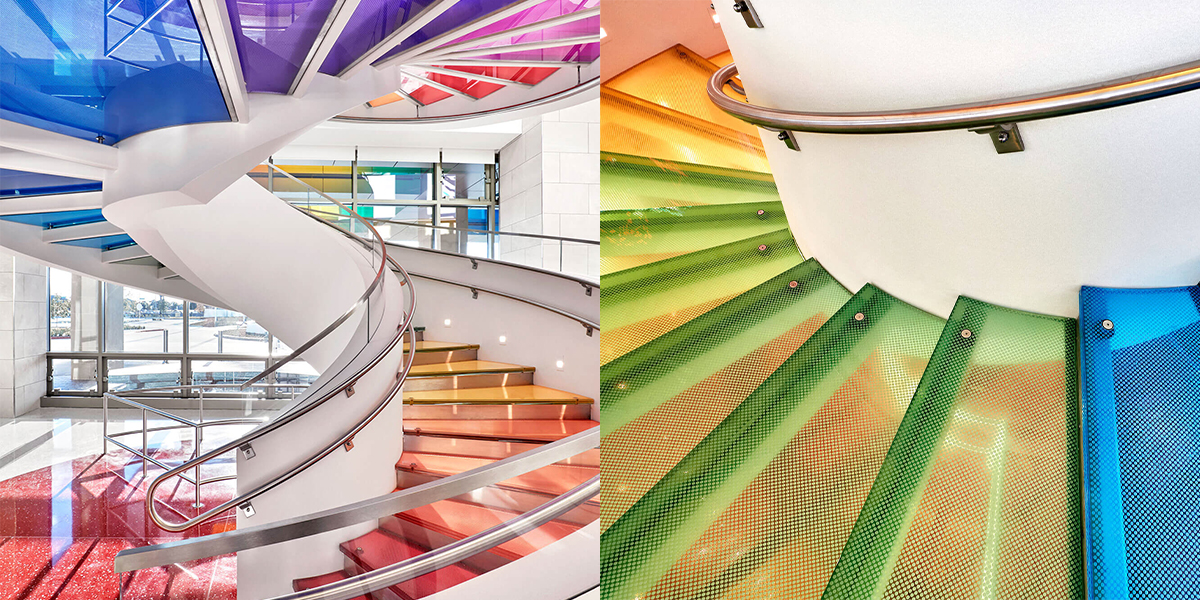
Sense of Meaningfulness
Antonovsky refers to the motivating component addressing experience having an emotional value as a sense of Meaningfulness. Most people find their sense of purpose outside hospitals, whether through family, friends, art, music, sports, or religion. As a result, it is challenging to construct meaning in healthcare settings when patients are isolated from one another and the outside world. Another perception about healthcare architecture is that it appears antiseptic and desolate. The salutogenic method in architecture allows health clinics to include artistic displays, areas for music and social support, and leisure areas like gyms or libraries. To motivate patients, hospitals may add elements of nature and animals in their buildings. Views of the outdoors work as a constructive diversion and have been shown to speed up patient rehabilitation.
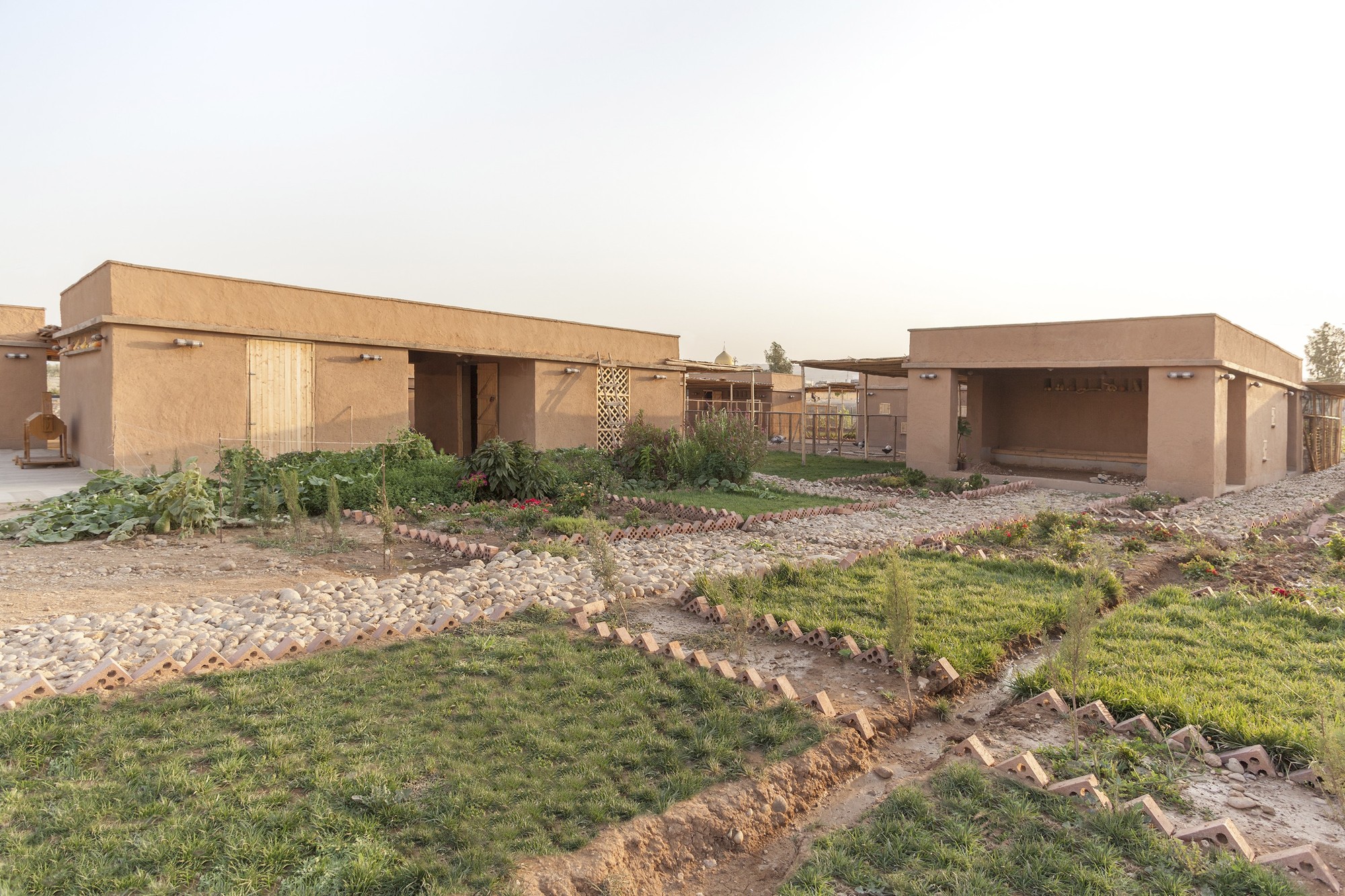
Challenges for the Future
The dynamics of health and experience can be integrated with architecture using salutogenic concepts. The procurement procedures in most nations are conservative, guided by precedents and standards, and controlled by stakeholder groups who fight to save money, frequently with little consideration for ongoing healthcare expenditures. Most of the time, decision-makers lack sufficient knowledge or do not think that aesthetics might affect health. In addition, the healthcare industry, which has a great deal of inertia and will not readily reorient toward health promotion, is dominated by the pathogenic model of health. As a result, stakeholders might be more concerned with ‘keeping it normal’ than with the actual advantages of change. Belief in the worth of traditional finishes, methods, and functional efficiencies is not changing quickly. When faced with tight deadlines, constrained sites, and profit-driven project managers, some groups especially in the private sector are starting to understand how salutogenic values can improve their performance. However, the question is whether these groups will have the courage to move beyond the cliched ‘views of nature’ tropes.
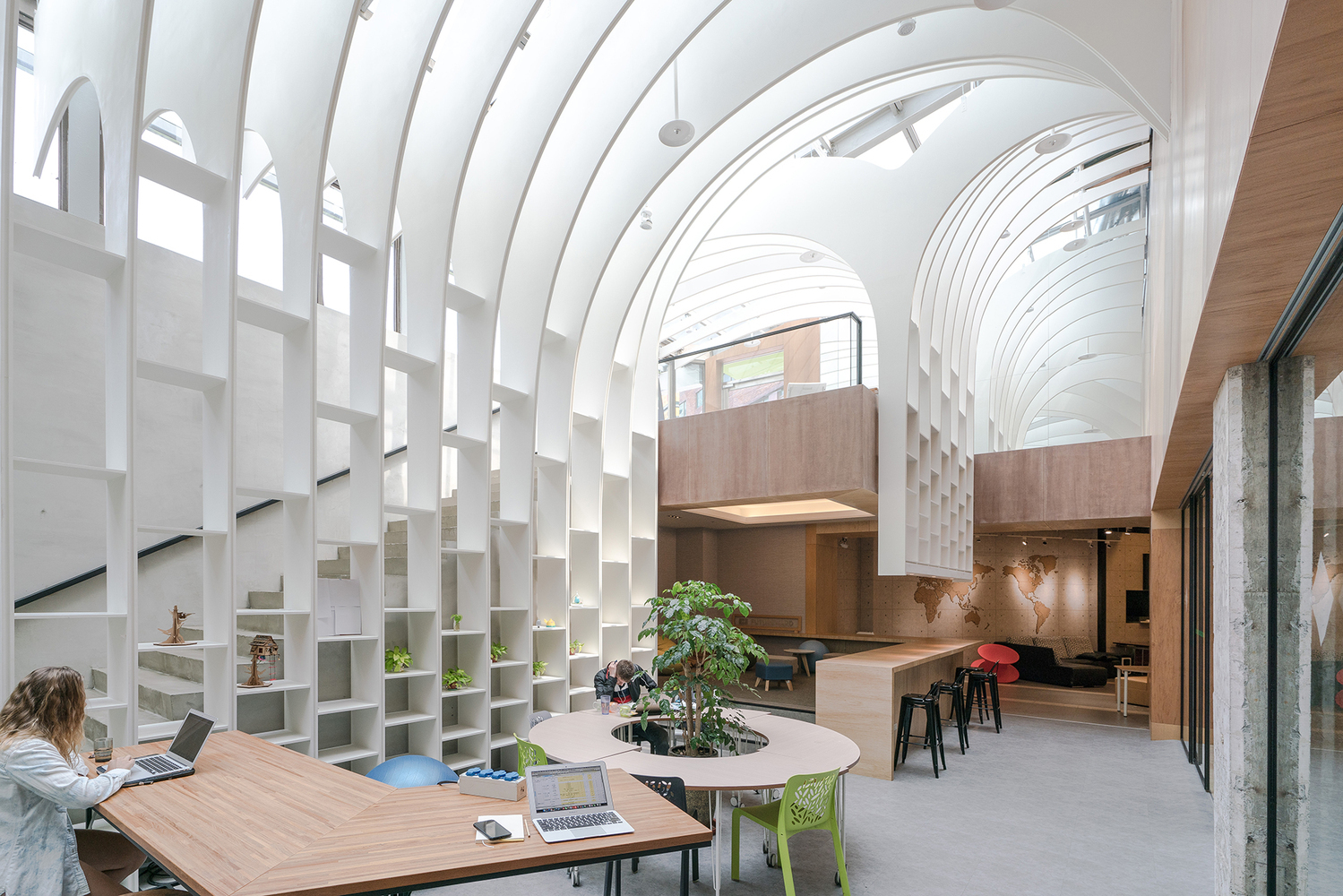
References
Salutogenic design makes people healthier and happier, Mecc Interiors. Available at: https://meccinteriors.com/designbites/salutogenic-design-makes-people-healthier-and-happier/ [Accessed: 17 January 2023].
Salutogenic Design Research, Psychological Design. Available at: https://www.psychologicaldesign.com.au/salutogenic-design [Accessed: 17 January 2023].
What is Salutogenic Architecture?, ArchDaily. Available at: https://www.archdaily.com/985115/what-is-salutogenic-architecture#:~:text=Salutogenic%20Design&text=The%20framework%20illustrates%20the%20causes,comprehensibility%2C%20manageability%2C%20and%20meaningfulness. [Accessed: 17 January 2023].









